Speech recognition technology has emerged as a transformative force in the realm of human-computer interaction, enabling machines to understand and process human speech. This technology allows users to communicate with devices using their voice, facilitating a more natural and intuitive interface. The significance of speech recognition extends beyond mere convenience; it has the potential to revolutionize various sectors, including healthcare, education, and business.
As society increasingly embraces digital solutions, the demand for effective and efficient speech recognition systems continues to grow. The roots of speech recognition can be traced back to the mid-20th century, when early experiments sought to develop machines capable of understanding spoken language. Over the decades, advancements in algorithms, machine learning, and computational power have propelled this technology into the mainstream.
Today, applications range from virtual assistants like Siri and Alexa to sophisticated transcription services that convert spoken language into written text. As we delve deeper into the mechanics and implications of speech recognition technology, it becomes evident that its impact is profound and far-reaching.
Key Takeaways
- Speech recognition technology allows machines to understand and interpret human speech, enabling voice commands and dictation.
- The technology works by converting spoken words into text through a process of acoustic and language modeling, followed by pattern recognition.
- Speech recognition technology has evolved significantly over the years, from basic systems with limited vocabulary to advanced systems with high accuracy and natural language processing capabilities.
- The benefits of speech recognition technology include improved accessibility, increased productivity, and hands-free operation for various tasks.
- Challenges of speech recognition technology include accuracy issues, dialect and accent variations, and privacy concerns.
How Speech Recognition Technology Works
Audio Signal Processing
The initial step involves capturing audio input through a microphone, which then digitizes the sound waves for processing. This audio signal is analyzed using various algorithms that break down the speech into smaller components, such as phonemes—the distinct units of sound that make up words.
Pattern Recognition and Machine Learning
By employing techniques like feature extraction, the system identifies patterns within these sounds that correspond to specific linguistic elements. Once the audio has been processed, the next phase involves matching these patterns against a vast database of known words and phrases. This is where machine learning plays a crucial role; modern speech recognition systems are trained on extensive datasets that encompass diverse accents, dialects, and speech variations.
Language Modeling and Output Generation
By utilizing neural networks and deep learning techniques, these systems can improve their accuracy over time, adapting to individual users’ speech patterns and preferences. The final output is generated through a process called language modeling, which predicts the most likely sequence of words based on context and grammar rules.
The Evolution of Speech Recognition Technology

The journey of speech recognition technology has been marked by significant milestones that reflect both technological advancements and shifts in societal needs. The earliest systems were rudimentary, capable of recognizing only a limited vocabulary and requiring users to speak in a slow, deliberate manner. In the 1950s, IBM introduced the first commercial speech recognition system, known as “Shoebox,” which could understand a mere 16 words.
This marked the beginning of a long evolution characterized by incremental improvements in accuracy and usability. The 1980s and 1990s saw a surge in research and development, driven by advancements in digital signal processing and the advent of more powerful computing hardware. During this period, systems began to incorporate statistical models that improved their ability to recognize continuous speech rather than isolated words.
The introduction of hidden Markov models (HMMs) revolutionized the field by allowing for more sophisticated analysis of speech patterns. As the internet became more prevalent in the late 1990s and early 2000s, cloud computing emerged as a game-changer, enabling real-time processing and access to vast amounts of data for training algorithms.
The Benefits of Speech Recognition Technology
| Benefits of Speech Recognition Technology |
|---|
| 1. Increased productivity |
| 2. Improved accuracy |
| 3. Enhanced accessibility |
| 4. Time-saving |
| 5. Cost-effective |
| 6. Hands-free operation |
The advantages of speech recognition technology are manifold, offering significant benefits across various domains. One of the most notable benefits is increased accessibility for individuals with disabilities or impairments that hinder traditional forms of communication. For instance, people with mobility challenges can use voice commands to operate devices, navigate software applications, or even control their home environments through smart technology.
This inclusivity fosters greater independence and enhances quality of life for many users. In addition to accessibility, speech recognition technology enhances productivity in professional settings. For example, transcription services powered by this technology can significantly reduce the time required to convert spoken content into written form.
Legal professionals often rely on voice-to-text software to document proceedings or create briefs efficiently. Similarly, journalists can dictate articles on-the-go, streamlining their workflow and allowing them to focus on content creation rather than manual typing. The ability to interact with devices hands-free also promotes multitasking, enabling users to accomplish tasks while engaged in other activities.
The Challenges of Speech Recognition Technology
Despite its many advantages, speech recognition technology faces several challenges that can hinder its effectiveness and widespread adoption. One primary concern is accuracy; while modern systems have made significant strides in understanding natural language, they can still struggle with accents, dialects, and background noise. Variability in pronunciation and speech patterns can lead to misinterpretations or errors in transcription, which can be particularly problematic in critical applications such as healthcare or legal documentation.
Another challenge lies in privacy and security issues associated with voice data collection. As speech recognition systems often require access to personal information for optimal performance—such as user preferences or historical interactions—there is an inherent risk of data breaches or misuse. Users may be hesitant to adopt these technologies if they feel their privacy is compromised or if they lack transparency regarding how their data is utilized.
Addressing these concerns is essential for fostering trust and encouraging broader acceptance of speech recognition solutions.
Applications of Speech Recognition Technology
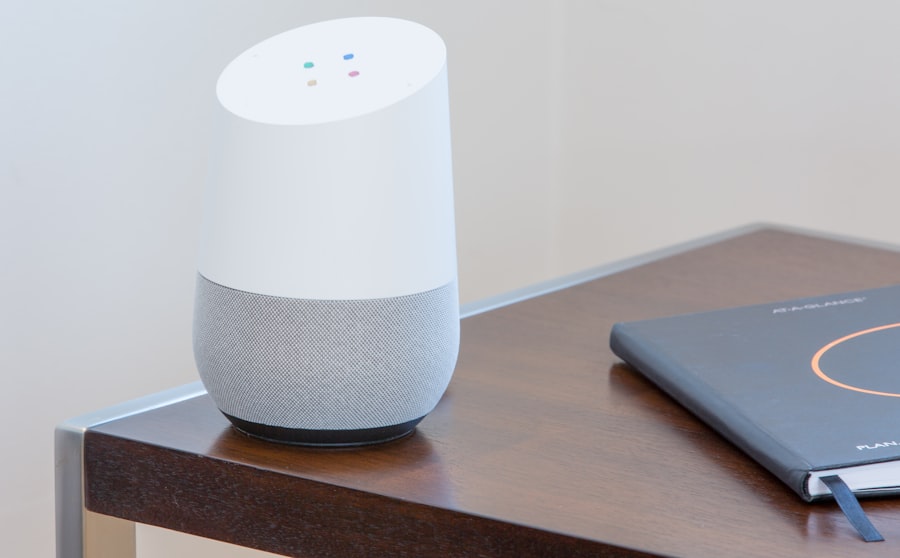
Smart Homes and Consumer Electronics
Voice-activated devices have become ubiquitous in homes around the world. Smart speakers like Amazon Echo and Google Home allow users to control music playback, set reminders, or even manage smart home devices through simple voice commands.
Enhancing Customer Experience
In the realm of customer service, businesses are increasingly leveraging speech recognition systems to enhance user experience. Automated phone systems equipped with voice recognition capabilities can efficiently route calls based on customer inquiries or preferences, reducing wait times and improving satisfaction rates.
Streamlining Operations
Additionally, chatbots powered by natural language processing can engage customers in conversation, providing instant support without the need for human intervention. These applications not only streamline operations but also allow companies to allocate resources more effectively.
The Future of Speech Recognition Technology
Looking ahead, the future of speech recognition technology appears promising as ongoing research continues to push the boundaries of what is possible. One area of focus is improving contextual understanding; future systems may be able to grasp nuances in conversation better than current models. This could involve recognizing emotional tone or intent behind spoken words, allowing for more meaningful interactions between humans and machines.
Moreover, advancements in multilingual capabilities are likely to play a significant role in shaping the future landscape of speech recognition technology. As globalization continues to connect people from diverse linguistic backgrounds, systems that can seamlessly switch between languages or dialects will become increasingly valuable. This could facilitate cross-cultural communication in business settings or enhance accessibility for non-native speakers in educational environments.
Speech Recognition Technology in Business
In the business sector, speech recognition technology is transforming workflows and enhancing operational efficiency across various industries. For instance, sales teams are utilizing voice-to-text applications to document client interactions during meetings or phone calls quickly. This not only saves time but also ensures that important details are captured accurately without interrupting the flow of conversation.
Additionally, customer relationship management (CRM) systems are integrating speech recognition features that allow sales representatives to update records using voice commands while on the move. This hands-free approach enables professionals to maintain productivity even when they are away from their desks or engaged in other tasks. As businesses continue to embrace digital transformation initiatives, the integration of speech recognition technology will likely become a standard practice for enhancing communication and collaboration.
Speech Recognition Technology in Healthcare
The healthcare industry stands to benefit immensely from advancements in speech recognition technology. Medical professionals often face challenges related to documentation burdens; lengthy patient notes and reports can detract from time spent with patients. Voice recognition software allows physicians to dictate notes directly into electronic health record (EHR) systems, streamlining documentation processes while ensuring accuracy.
Moreover, speech recognition technology can enhance patient engagement by enabling individuals to interact with healthcare applications using their voices. For example, patients can schedule appointments or access medical information through voice commands on their smartphones or smart speakers. This not only improves accessibility but also empowers patients to take an active role in managing their health.
Speech Recognition Technology in Education
In educational settings, speech recognition technology is being harnessed to create more inclusive learning environments. Students with learning disabilities or difficulties in writing can benefit from voice-to-text applications that allow them to express their thoughts verbally without being hindered by physical limitations. This fosters greater participation and engagement in classroom activities.
Furthermore, language learning applications are increasingly incorporating speech recognition features that provide instant feedback on pronunciation and fluency. Learners can practice speaking exercises while receiving real-time assessments of their performance, enabling them to improve their language skills more effectively than traditional methods alone would allow.
Speech Recognition Technology in Consumer Electronics
The integration of speech recognition technology into consumer electronics has fundamentally changed how users interact with their devices. Smart TVs now come equipped with voice control capabilities that allow viewers to search for content or adjust settings without needing a remote control. This hands-free approach enhances user experience by providing a more intuitive way to navigate complex menus.
Additionally, wearable devices such as smartwatches are incorporating voice recognition features that enable users to send messages or make calls using simple voice commands while on the go. This trend reflects a broader shift toward seamless integration between technology and daily life, where users expect devices to respond intuitively to their needs without requiring extensive manual input. As we continue exploring the potential of speech recognition technology across various sectors, it becomes clear that its influence will only grow stronger in the coming years.
With ongoing advancements in artificial intelligence and machine learning driving innovation forward, we can anticipate even more sophisticated applications that enhance communication and interaction between humans and machines.
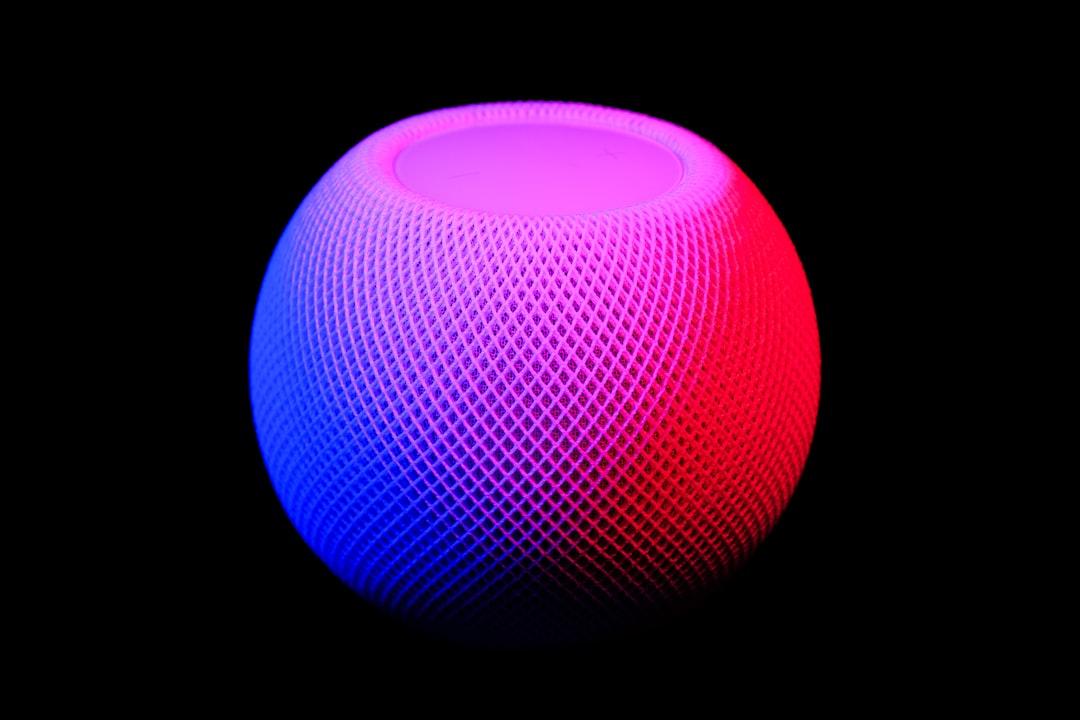
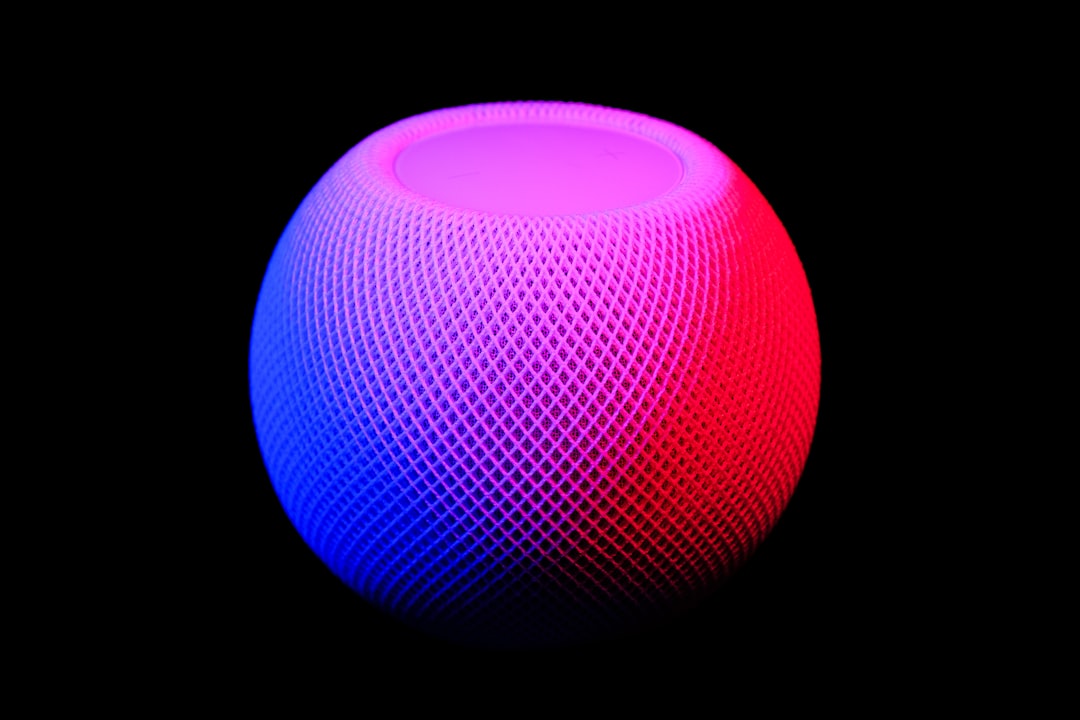

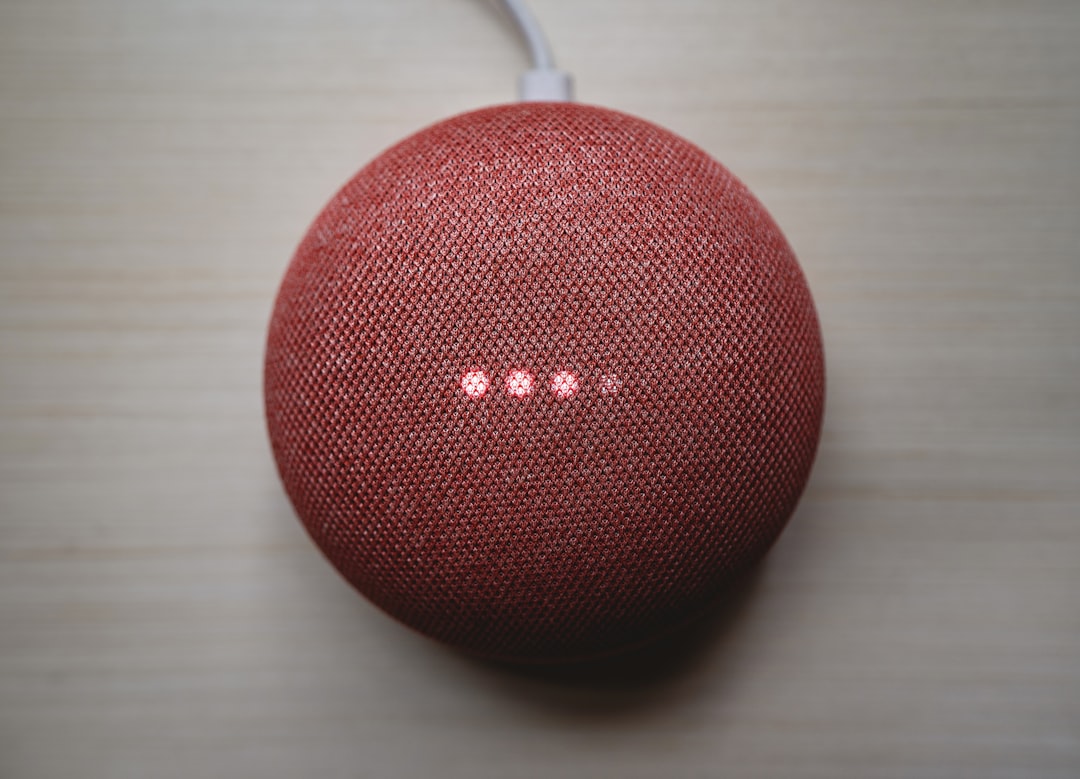
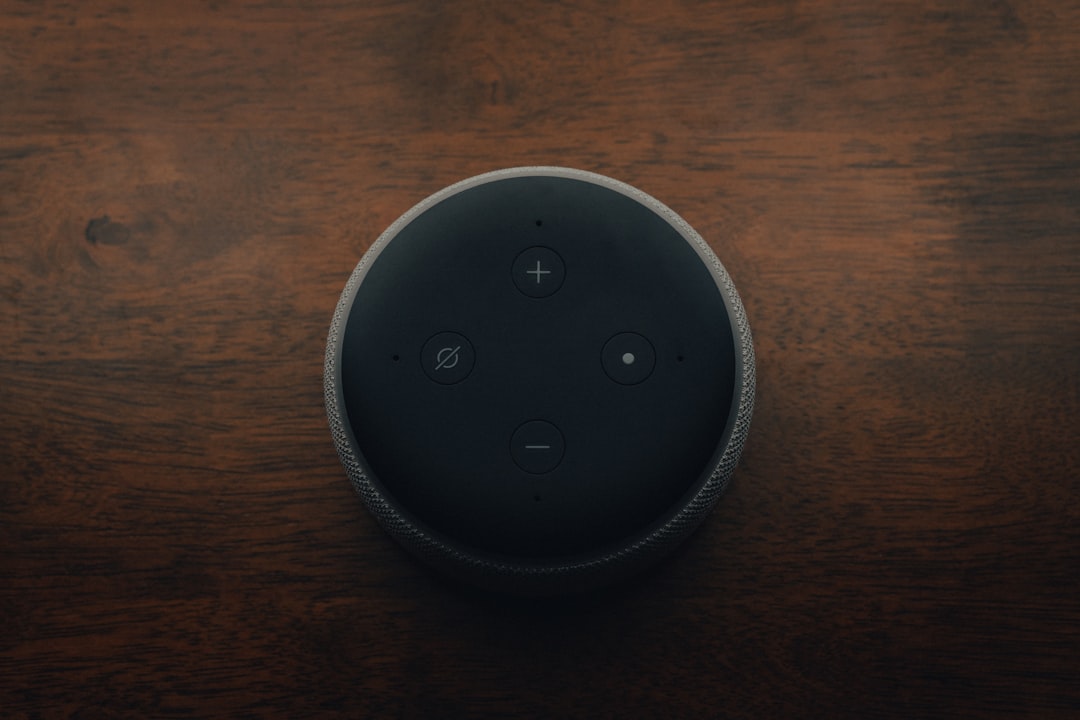






Leave a Reply